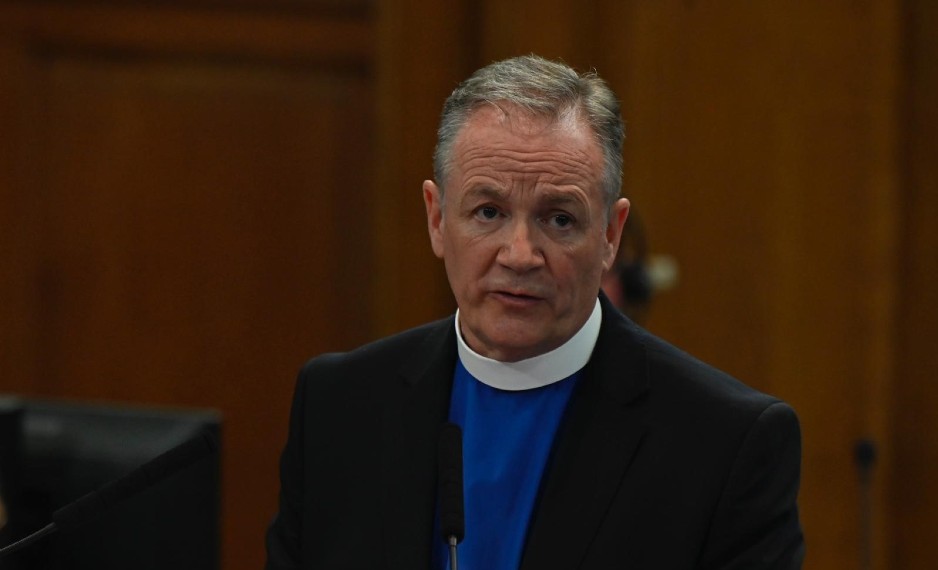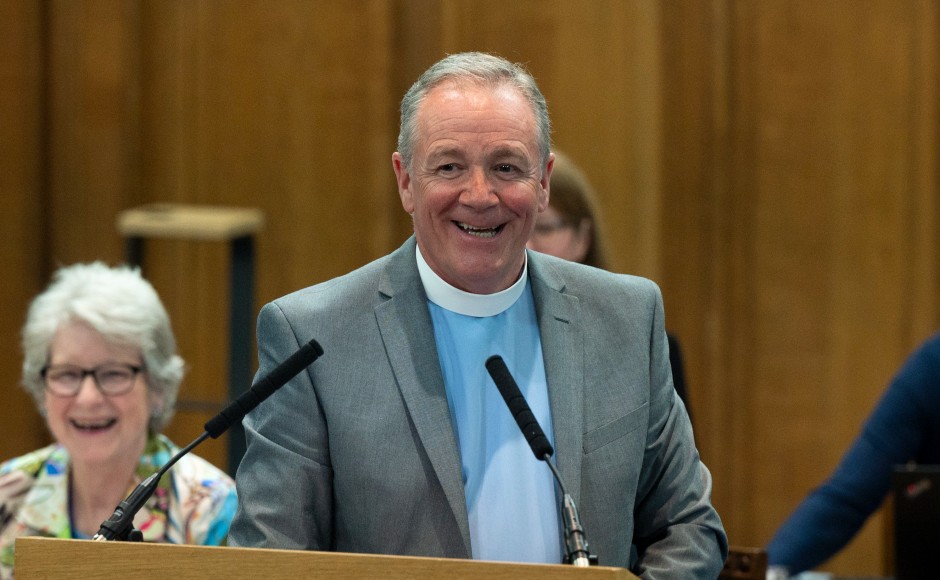Church reduces costs to ensure sustainability of mission
Published on 30 April 2025 4 minutes read
The 2025 General Assembly will hear of a wide range of cost reduction measures aimed at ensuring the Church's Christian mission is sustainable for the future.
These include proposals to further reduce the number of staff in the Church's national offices and working with presbyteries and congregations to find ways of fully covering the costs of ministry. In some localities, for example, team ministry is being tried, allowing congregations to share ministers and reducing the cost for each.

The forward plan for the national offices will see moves towards a smaller staff group focusing on areas designated as ‘priority'. As a result some work will be stopped and some reshaped. The smaller staffing group will be achieved through a combination of natural attrition, a voluntary redundancy scheme and proposals for further staff redundancies.
The Assembly Trustees say in their report to the Assembly that efforts made to shore up finances, reduce unnecessary expenditures, and attract enough new members to make up for the decline in membership and associated fall in financial contributions have not been enough to turn the tide. In December 2024, there were 245,000 members of the Church of Scotland, a fall of 5.5% from 2023, and in the last 10 years (2014-2024) the number of members has fallen by 35%.
"More has to be done to ensure the Church can carry out its core mission of sharing the Good News of Jesus Christ," said Rev David Cameron, chair of the Assembly Trustees. "Across the country local churches are making huge contributions to the wellbeing of their communities, inspired by their mission to express the love of Christ, and we owe it to them to ensure they can do that from a place of stability. That inevitably means a fundamental change in the way we work."
The report notes that while the Church is wealthy ‘on paper' the reality is that the majority of its funds are not freely available to cover operating costs. These funds are tied up in four main ways:
- Restricted and endowment funds which can only be spent in specific ways such as for a named purpose or in a certain local area. In the case of endowment funds the capital must be held and only their income used. Together these two types of funds amount to £144.2 million (at 31 December 2023).
- Social investments made to pursue the Church's mission and not available for other purposes. At December 2023 £10.1 million was socially invested.
- Functional fixed assets are property, equipment and fixtures used for daily activities. These amounted to £10.1 million at December 2023.
- Designated funds which have been earmarked by the Trustees for future use and stood at £0.2 million at December 2023.
As a result the free reserves available to cover the Church's day-to-day charitable activities were about £51.2 million as of December 2023 – about 5 months of operating costs. In 2024 the Church has reported another operating deficit which, taken with the level of free reserves available, underlines the need for a balanced budget.
"Our goal is to break even by 2027," Mr Cameron said. "That means we must reduce costs across the Church to bring our expenditures down to a sustainable level in line with our income. We are having to develop proposals and make difficult choices on staffing, services, and allowances at congregational level with a heavy heart, recognising the challenges that they present to all affected.
"The Trustees hold in prayer those whose roles are potentially affected, whose futures feel uncertain, and whose service has been faithful, trusting in God's guidance and grace as we move forward during this difficult time."
In recent years the Church has gone through a series of reforms that have included establishing 12 regional presbyteries with funding for additional local resources, and have united congregations to reduce the burdens of maintaining deteriorating and unsuitable buildings.
The goal is to give local churches the freedom to concentrate on their core mission of sharing the Good News of Jesus Christ as they serve their communities.
The Trustees say they are encouraged by projects underway in local churches that are "visionary, passionate, grounded in faith, committed to sharing the Good News and inspired by hope." They estimate that by the end of 2026 these projects will be reaching 4,000 young people, with 650 young people involved in "more intensive faith-based work."
Other initiatives planned include planting new churches in student areas based on recent work by the Church Revitalisation Trust. "Such congregations have proven highly effective in leading large numbers to faith," the Trustees say, as well as in "providing an effective community for transformational discipleship."
Additional topics to be presented to the Church at the 2025 General Assembly include:
- A new proposal amending the Presbytery Mission Plan Act to enable Presbyteries to effect readjustment where a charge is financially unsustainable following a structured review process.
- A proposal that in future all ministers will be inducted on a reviewable tenure basis, moving away from the expectation of unrestricted tenure.
- A recognition that financial constraints will prevent the Church from reaching its goal of Net Zero by 2030.


